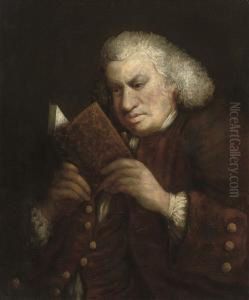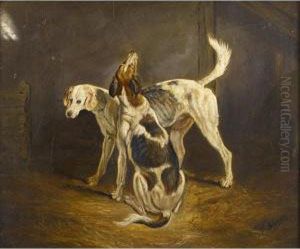Theophila Palmer Paintings
Theophila Palmer was an English artist and engraver, born in 1757, whose life and career were intertwined with some of the most notable literary and artistic figures of her time. Though not as widely recognized today as some of her contemporaries, her contributions to the world of art, particularly in the realm of engraving, were significant during the late 18th and early 19th centuries.
Palmer was not only an artist in her own right but also closely connected to the celebrated British poet and artist, William Blake, and to her uncle, Sir Joshua Reynolds, who was a prominent portrait painter and the first president of the Royal Academy of Arts. These relationships placed her at the heart of the artistic and intellectual circles of her time, providing her with influences and opportunities that she utilized to develop her artistic skills.
Primarily known for her work as an engraver, Palmer specialized in creating engravings based on the works of Reynolds. This was a common practice in the period, allowing the widespread distribution of artists' works through prints. Her engravings helped to popularize Reynolds' paintings and brought them to a broader audience, serving both as a testament to her skill and as a crucial aspect of her uncle's legacy.
In addition to her engravings, Theophila Palmer was also an accomplished miniaturist, although fewer examples of this aspect of her work survive. Her artistic contributions, however, extended beyond her own creations. She was a pivotal figure in the artistic community, supporting and promoting the works of her contemporaries, including Blake, who was both a friend and an influence.
Palmer lived through a period of significant social and artistic change, witnessing the early stages of the Romantic movement and the evolution of engraving techniques. Despite the challenges faced by women in the arts during her lifetime, she managed to carve out a space for herself and her work. Theophila Palmer passed away in 1848, leaving behind a legacy that, while perhaps not as celebrated as that of her more famous peers, remains an important part of the history of British art.

